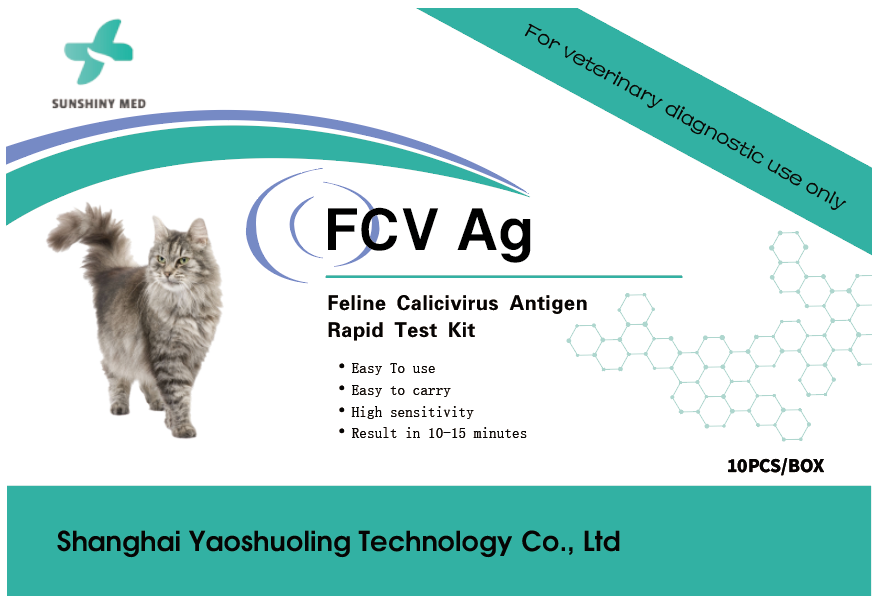Is Feline Calicivirus Incurable? A Lifelong Carrier? It's Time to Debunk These Misconceptions
What is Feline Calicivirus (FCV)?
FCV is highly contagious and can cause acute oral issues and
upper respiratory infections. It is one of the most common pathogens
responsible for feline infectious upper respiratory diseases and may even
trigger stomatitis.
The Relationship Between Calicivirus and Stomatitis
FCV ≠ Stomatitis ≠ Full-Mouth Tooth Extraction!
Not all cats infected with FCV will develop stomatitis. Some cats can
completely clear the virus on their own. While there is a risk, it does not
mean it will inevitably happen.
Cats testing positive for FCV should pay extra attention to oral hygiene, brush
their teeth regularly, and maintain good oral health.
Symptoms of Feline Calicivirus
FCV has multiple strains with varying virulence, leading to different clinical
manifestations.
Main Symptoms:
·
·
·
·
·
·
·
·
·
·
Transmission Routes of Feline Calicivirus
1.
During the acute phase, infected cats can shed large amounts of the virus,
contaminating utensils, floors, and objects, or directly transmitting it to
other cats.
2.
These cases usually result from acute infections. Although clinical symptoms
disappear, the cats can still shed the virus long-term, making them the most
critical and dangerous sources of transmission.
3.
The most common mode of infection is direct transmission from an infected cat.
The virus replicates in respiratory and oral tissues and spreads through oral,
ocular, and nasal secretions, as well as urine and feces.
4.
Contaminated food bowls, litter trays, floors, bedding, and caregivers can also
spread the virus.
Preliminary Diagnosis of Feline Calicivirus
In most cases, FCV is initially diagnosed based on the symptoms mentioned
above. Since multiple viruses can cause feline respiratory diseases with
similar symptoms, it can be confusing for pet owners to identify on their own.
A Simple Differentiation Method:
·
·
How to Prevent Infection?
1.
The FVRCP vaccine (feline viral rhinotracheitis, calicivirus, and
panleukopenia) includes FCV vaccination, which can reduce symptoms by 60–75%
but does not provide complete immunity.
However, most fully vaccinated cats will no longer develop oral diseases,
showing only mild, short-term symptoms like sneezing, tearing, or respiratory
infections.
2.
Isolate infected cats to reduce the risk of transmission to others.
3.
Since FCV is highly resistant, common disinfectants are often ineffective.
Chlorine-based disinfectants, such as a 1:32 dilution of 5% bleach, are
recommended for thorough environmental disinfection.
For FCV
detection, Shanghai





